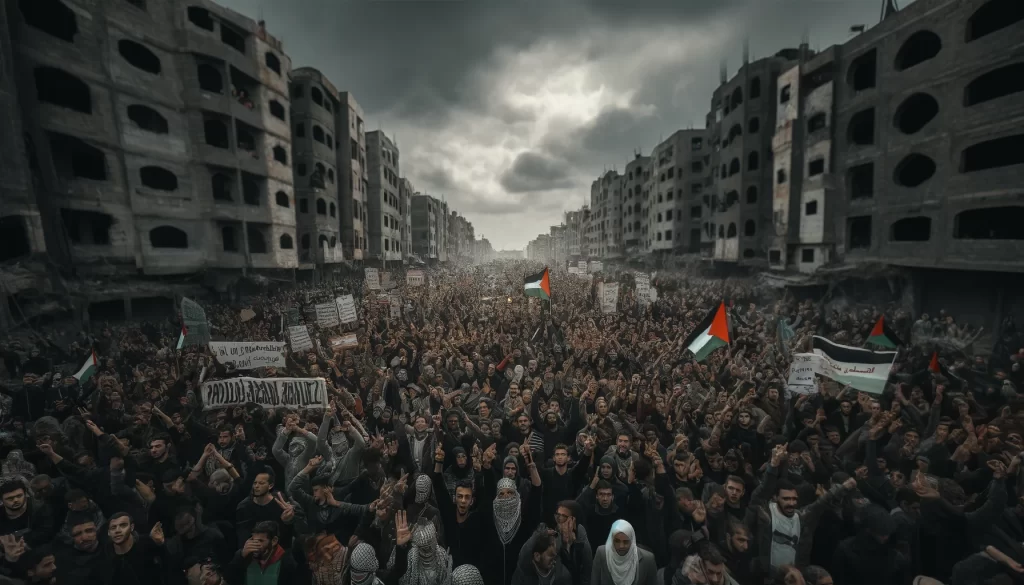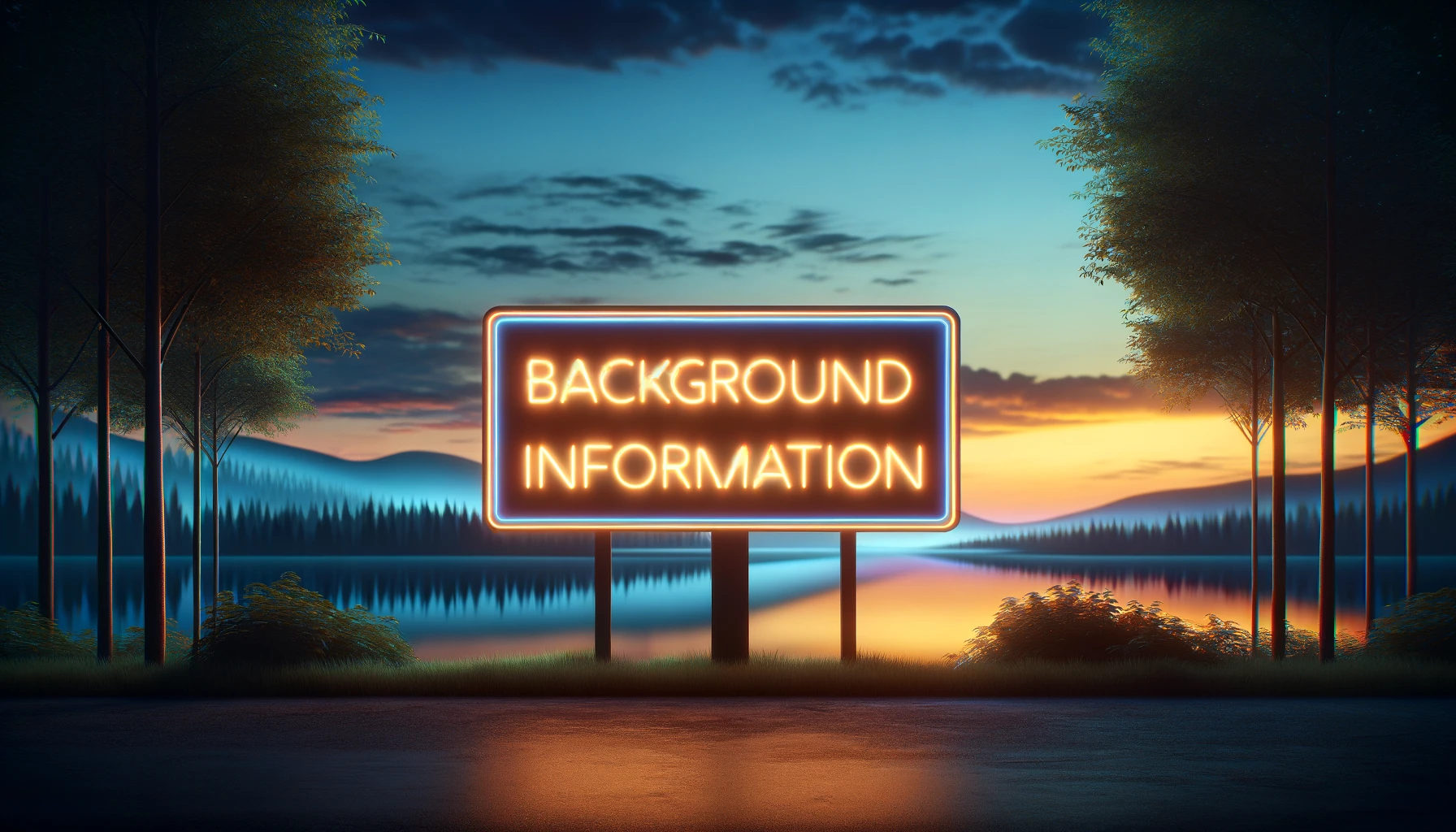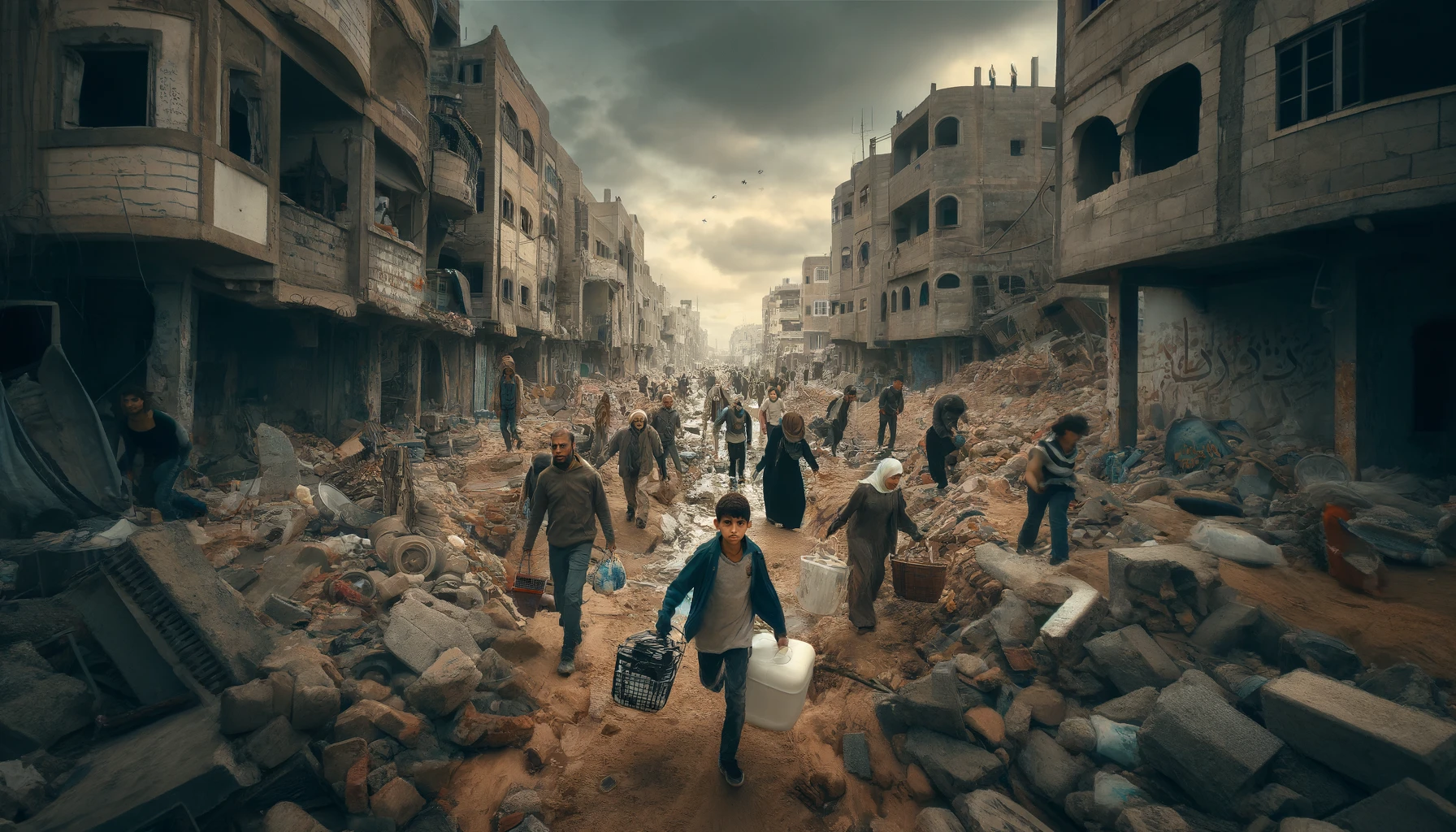Over six months into a devastating conflict in Gaza, Palestinians are increasingly voicing their frustrations with Hamas, the ruling group they hold partly responsible for the dire situation that has shattered their lives and the infrastructure of their territory.
This prolonged war has led to the displacement of a significant portion of Gaza’s population, caused tens of thousands of deaths, and brought the enclave to the brink of famine. The Israeli military has been conducting a rigorous campaign aimed at dismantling Hamas following its attacks on Israel on October 7, which resulted in an estimated 1,200 Israeli deaths and the abduction of more than 250 people.
Despite many Palestinians in Gaza attributing their suffering primarily to Israel, recent polling and interviews indicate a growing resentment towards Hamas. In discussions with numerous Gaza residents, a common thread emerged: while they are exhausted by the war, they are also increasingly critical of Hamas for initiating the attacks that led to the current conflict, expressing a strong desire for peace and stability.
Salma El-Qadomi, a 33-year-old freelance journalist who has been displaced 11 times since the conflict began, criticized Hamas’s approach to warfare, suggesting that they failed to provide adequate security for their people before escalating into conflict. She, along with others, expressed a yearning for leaders who would avoid dragging them into such devastating wars, stating, “Almost everyone around me shares the same thoughts: We want this waterfall of blood to stop. Seventeen years of destruction and wars are enough.”
Hamas, founded in 1987 during the first Palestinian uprising, initially engaged in some of the deadliest attacks against Israeli civilians. It gained political power by winning the 2006 Palestinian legislative elections over the secular Fatah party, which governs the West Bank. This victory was followed by a violent takeover of Gaza in 2007 after a brief but intense conflict with Fatah.
Despite the sporadic wars with Israel that followed, Hamas also managed periods of calm and controlled Gaza’s economy through smuggling tunnels under the border with Egypt. These tunnels not only facilitated economic activity but also helped arm Hamas, enhancing its military capabilities with sophisticated weaponry and ammunition. However, changes in regional politics and security measures have since restricted these operations, impacting Hamas’s economic and military strategies.
Unexpectedly for many, including Israeli leaders who believed Hamas preferred to maintain power without engaging in major conflicts, the group launched a significant attack on Israel in October. Hamas claimed the assault was partly in retaliation for what it viewed as the desecration of the al-Aqsa mosque compound in Jerusalem, a site sacred to both Muslims and Jews.
While initial support for Hamas surged after the attack, subsequent polls revealed a nuanced perspective among Palestinians. A study by the Ramallah-based Palestinian Center for Policy and Survey Research showed that while many supported the attack for refocusing global attention on Palestine, this did not translate into broader support for Hamas. The polling indicated a distinction between backing the specific action and endorsing Hamas’s overall leadership.
The ongoing cease-fire negotiations have been a focal point of discontent, with Hamas demanding a full Israeli withdrawal from Gaza and a permanent truce as conditions for releasing hostages. The desperation for peace was palpable in interviews. One displaced lawyer and mother of three, who spoke on the condition of anonymity for fear of retaliation, declared, “We can’t live like this anymore” and emphasized the dire need to end the conflict to allow the populace to grieve and recover.
Critics within Gaza, like Fedaa Zayed, a 35-year-old writer, argue that Hamas’s resistance to a cease-fire stems from its refusal to acknowledge defeat, leaving residents longing for an end to hostilities and a return to their homes, however devastated those may be.
Hamas leaders, including Basem Naim, acknowledge the suffering but argue that these sentiments do not fully capture the political dynamics at play. They emphasize the broader goals of ending Israeli occupation and achieving Palestinian statehood, which they claim still resonate with many in Gaza.

Naim, along with other high-ranking political leaders such as Hamas chief Ismail Haniyeh, operate from outside Gaza. Meanwhile, inside the enclave, Yehiya Sinwar, who is credited with orchestrating the October 7 attacks, is reportedly taking shelter in a tunnel to avoid Israeli military strikes.
Hamas has a history of suppressing dissent within Gaza. It has frequently arrested, imprisoned, and mistreated activists who have opposed its governance.
The administration led by Hamas in Gaza has been described by Mohamed, a 35-year-old graphic designer from Rafah, as rife with “corruption, nepotism, and bias in favor of the movement.” Mohamed chose to be identified only by his first name, fearing retribution from Hamas militants.
In the same city of Rafah, Ayman, a 46-year-old local, who also opted to withhold his full identity, recounted his initial support for Hamas in the 2006 elections as a stance against the corruption he perceived in the Palestinian Authority. However, he lamented that the subsequent years under Hamas control were marked by wars, destruction, widespread suffering, and intense siege conditions.
Early this year, public demands for a ceasefire surfaced in demonstrations across at least two Gaza cities. A video from one January protest in Khan Younis showed a procession of predominantly men and boys, voicing their desire for peace and carrying signs that proclaimed, “The people want an end to the war!”
There has also been a noticeable increase in social media criticism of Hamas. On April 20, Rami Haroon, a 45-year-old dentist and father of five, expressed his frustration on Facebook, urging Hamas to understand the people’s grievances: “We have been suffocated by you for a long time. Your ship will sink and you will drown us with you.”
Despite the growing discontent, many Palestinians hesitate to criticize Hamas openly during the ongoing Israeli assault, fearing they might be seen as collaborators with Israel, explained Mkhaimar Abusada, a political science professor from al-Azhar University now residing in Cairo.
In a March poll, a narrow majority of Gaza respondents indicated a preference for Hamas to govern the Strip over the Palestinian Authority, the United Nations, the Israeli military, or any Arab country, post-war. This choice struck researchers as counterintuitive given the extensive suffering in Gaza, yet it reflected an increased belief among Gazans that Hamas would emerge victorious and retain control.
Khalil Sayegh, a Palestinian political analyst based in Washington, suggested that this polling result might indicate a reluctance among the populace to voice opposition to Hamas, out of fear or resignation to the group’s enduring presence.
Abusada summarized the sentiment, saying that while people deeply value their national identity and aspirations for freedom, their immediate need to live with basic human dignities like food and shelter is paramount. He emphasized that the intensity of criticism against Hamas has surged, becoming more vocal and public, especially as the conditions in Gaza have drastically worsened, likening it to being “sent back to the Stone Age.”
This article is based on the following article:
https://www.washingtonpost.com/world/2024/04/27/gaza-hamas-public-support-israel

Background Information
This background should help readers grasp the complex, multi-dimensional aspects of the situation in Gaza, providing them with a clearer understanding of the current conflict as discussed in the article.
1. Geographical and Historical Context of Gaza
- Location: The Gaza Strip is a small region on the eastern coast of the Mediterranean Sea, bordering Egypt on the southwest and Israel on the east and north.
- Size and Population: Despite its small size, approximately 41 kilometers long and 10 kilometers wide, Gaza is densely populated with around 2 million people.
- Historical Context: Gaza has been under various forms of control and conflict for decades. After the 1948 Arab-Israeli War, it was administered by Egypt. Following the 1967 Six-Day War, Israel occupied Gaza. In 2005, Israel unilaterally withdrew its troops and settlers from Gaza, although it still controls its airspace, maritime access, and most of its borders.
2. The Palestinian Authority (PA) and Hamas
- The Palestinian Authority: Established as a part of the Oslo Accords in the early 1990s, the PA was meant to be a temporary administrative organization to govern Palestinian areas until a final peace agreement was reached.
- Hamas: Hamas is an Islamist political and military organization that emerged from the First Intifada (Palestinian uprising) against Israeli rule in the late 1980s. It is designated as a terrorist organization by many countries due to its long history of attacks against Israeli civilians.
- Conflict Between Hamas and the PA: After winning a majority in the 2006 Palestinian legislative elections, Hamas violently seized control of Gaza in 2007 from the Fatah-led PA, leading to a split between Gaza (controlled by Hamas) and the West Bank (administered by the PA).
3. Israeli-Hamas Conflicts
- Recurring Conflict: The relationship between Israel and Hamas has been marked by repeated violent conflicts. Major confrontations occurred in 2008-2009, 2012, 2014, and more recently as described in the article.
- Casualties and Damage: Each conflict has resulted in significant civilian casualties and destruction in Gaza, exacerbating the humanitarian situation.
4. International Perspective
- International Views on Hamas: Opinions on Hamas are divided. Some view it as a legitimate resistance organization fighting Israeli occupation, while others see it as a terrorist group due to its tactics and its charter, which initially aimed for the destruction of Israel.
- Ceasefires and Peace Talks: Numerous international efforts to mediate peace and implement ceasefires between Israel and Hamas have seen varying levels of success and failure.
5. Humanitarian Issues
- Living Conditions in Gaza: Gaza faces severe economic deprivation, high unemployment, and limited access to essential services like healthcare, clean water, and electricity, partly due to Israeli blockades and internal mismanagement by Hamas.
- Human Rights: Both Hamas and Israel have been accused of human rights abuses by international organizations. Gaza’s civilians often find themselves caught between Hamas’s governance and Israeli military actions.
6. Impact on Civilians
- Displacement and Suffering: The repeated conflicts have led to massive displacement within Gaza, with many families losing their homes multiple times.
- Psychological Impact: The ongoing conflict and instability have a profound psychological impact on Gaza’s population, especially children, many of whom have grown up knowing only conflict.

Debate/Essay Questions
- Who bears more responsibility for the humanitarian crisis in Gaza: Hamas for its governance and military actions, or Israel for its military responses and blockades?
- Can the armed resistance tactics used by Hamas against Israel be justified, or do they exacerbate the suffering of the Palestinian people?
Please subscribe to Insight Fortnight, our biweekly newsletter!
